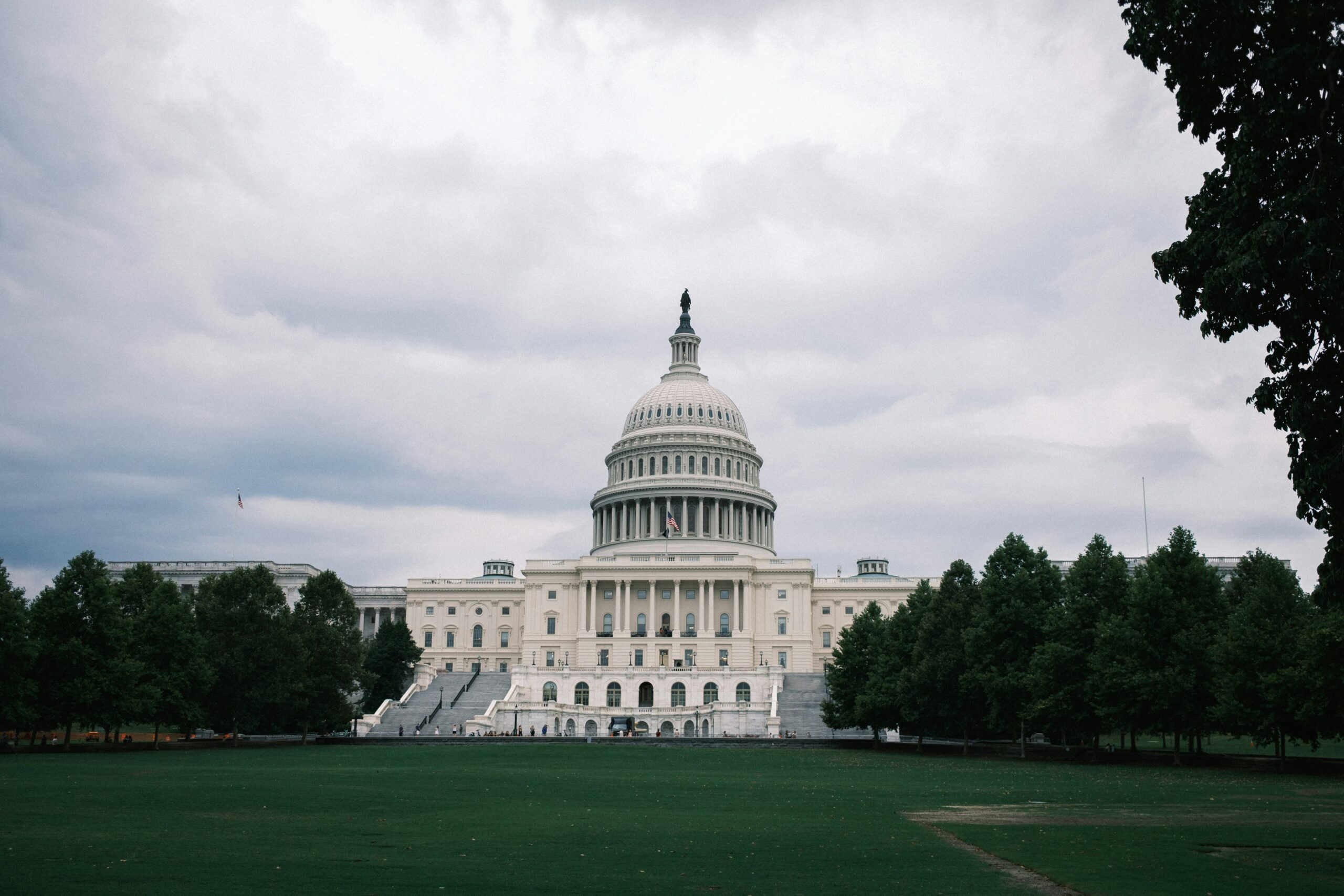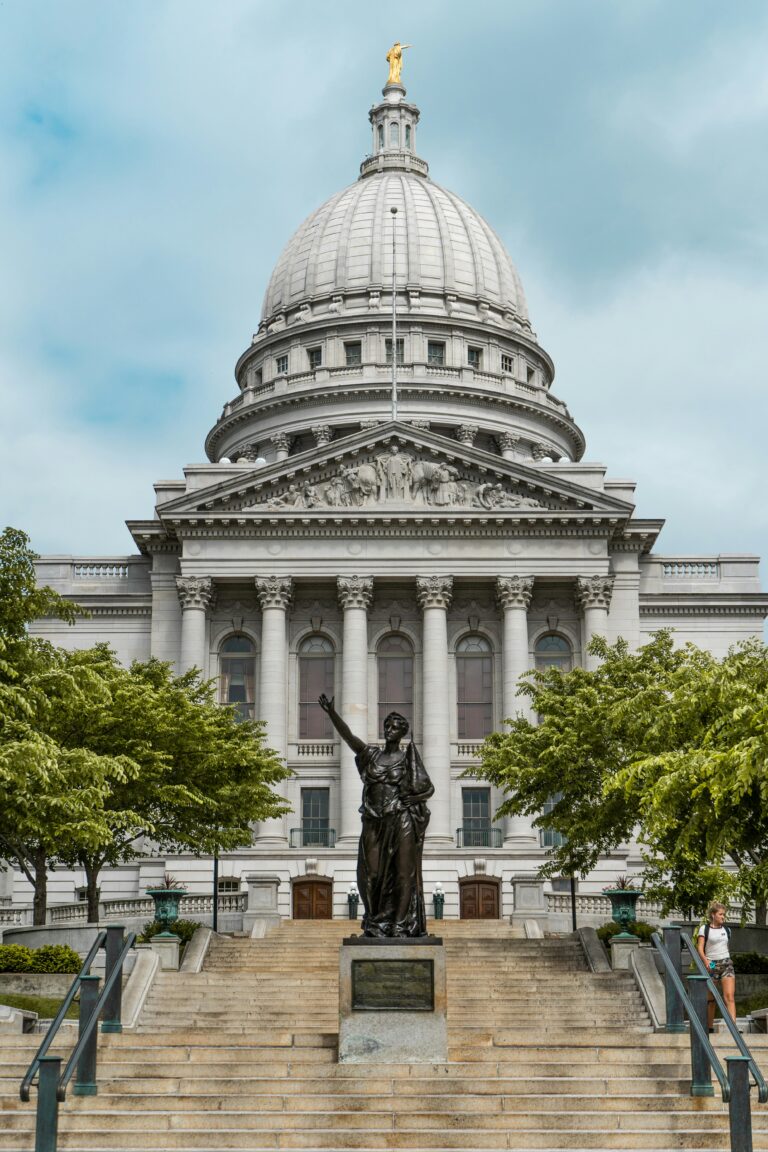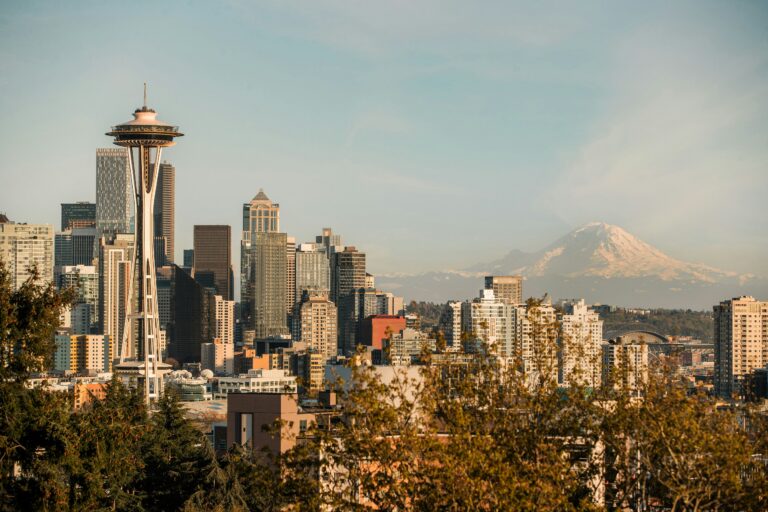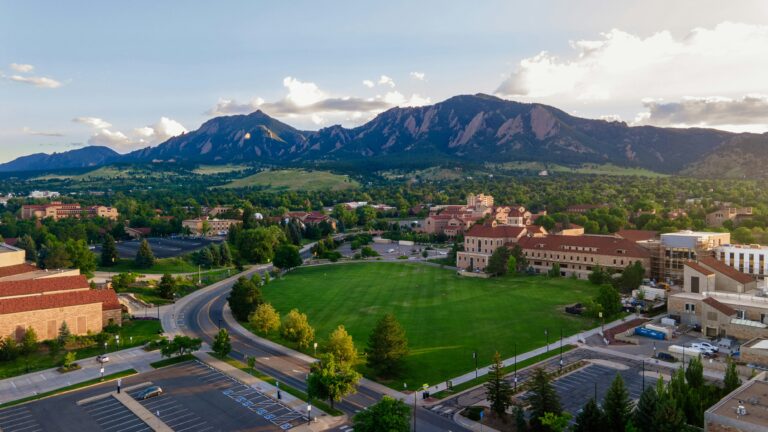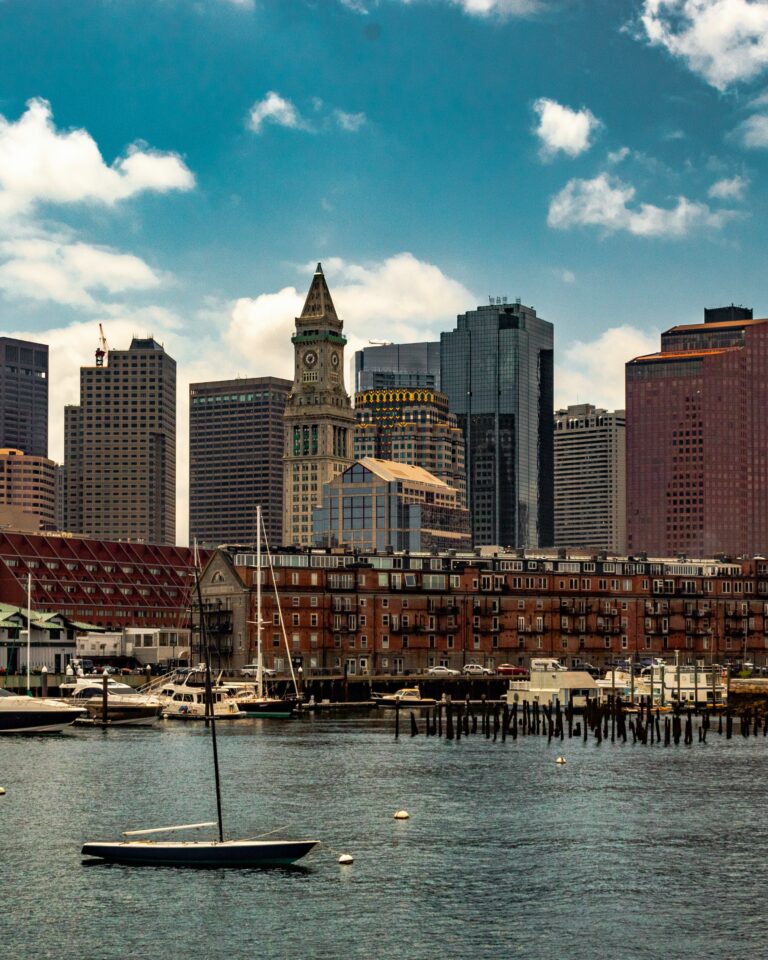What Makes Washington, D.C. So Special?
Why Washington, D.C. Is a Must-Visit City?
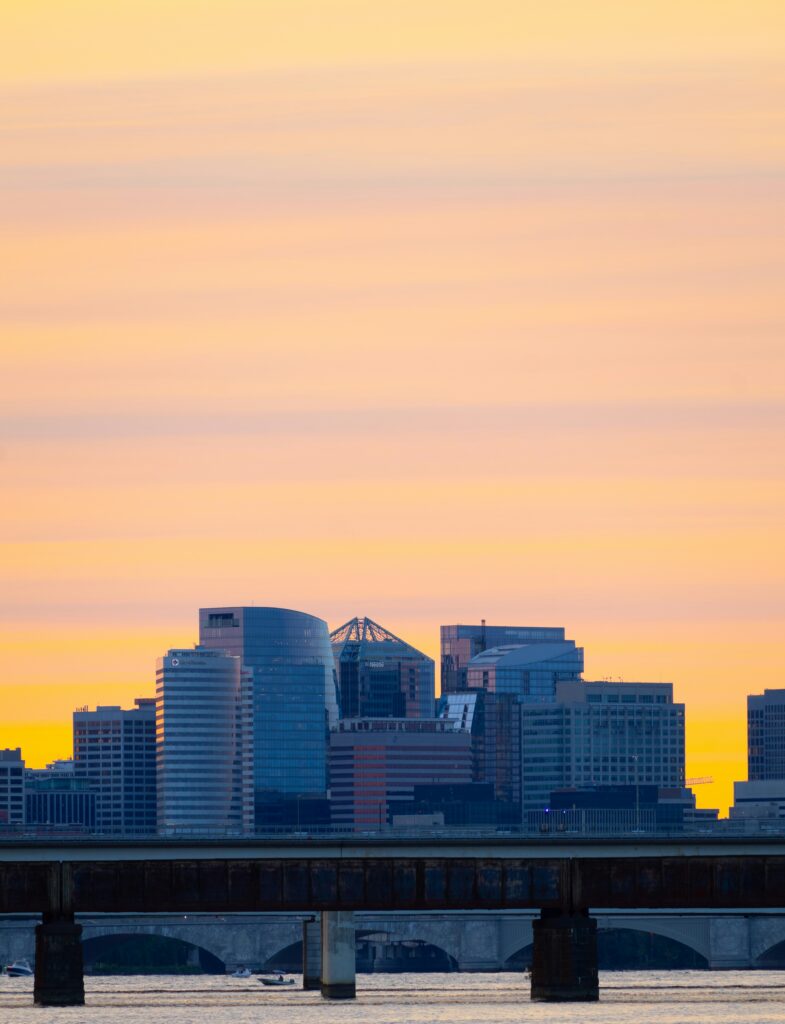
Washington, D.C., the capital of the United States, is a city that blends history, culture, and politics. Known as the District of Columbia and simply D.C., this city offers far more than monuments and government buildings. From world-class museums to vibrant neighborhoods, and lush green spaces, Washington, D.C. tells the story of America.
Whether you are a history buff, a political enthusiast, or simply a curious traveler, D.C. offers a rich experience filled with iconic landmarks, diverse cultures, and meaningful encounters. This guide will help you navigate the U.S. capital, discover its hidden gems, and plan a journey you’ll never forget.
A Glimpse into Washington, D.C.’s History
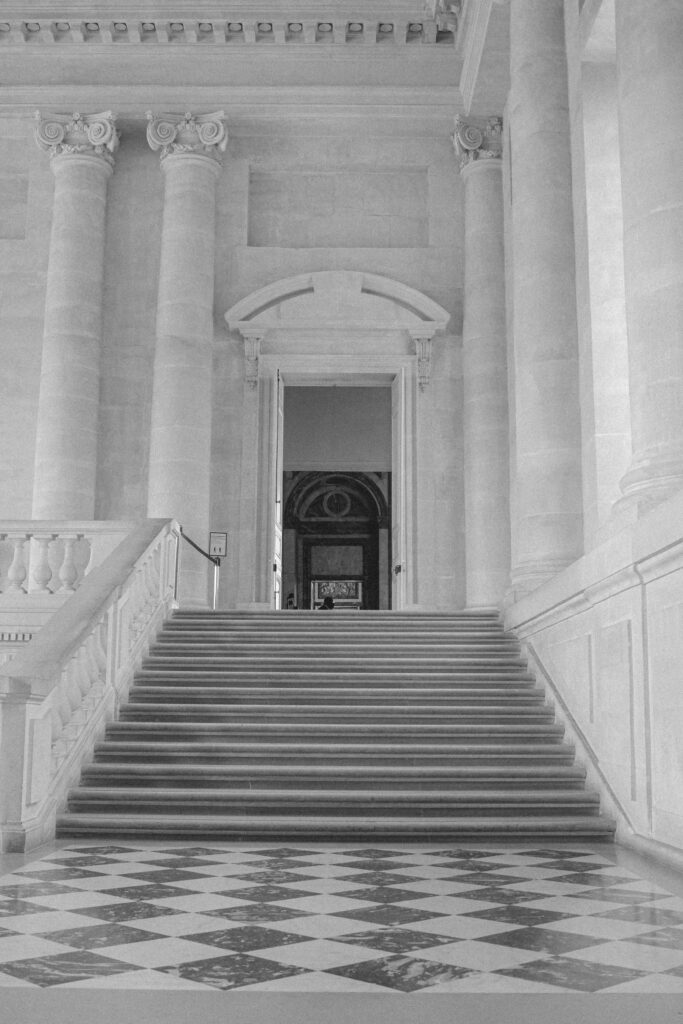
Founded in 1790, Washington, D.C. was designed by Pierre Charles L’Enfant as a symbolic capital for the newly established United States. The city was built to represent democracy, with wide avenues and grand public spaces. It has been the stage for historical milestones, including civil rights marches, presidential inaugurations, and national celebrations.
Landmarks like the Capitol Building, the White House, and the Lincoln Memorial aren’t just tourist attractions—they are living symbols of American history and governance.
Exploring the District: Neighborhoods and Culture
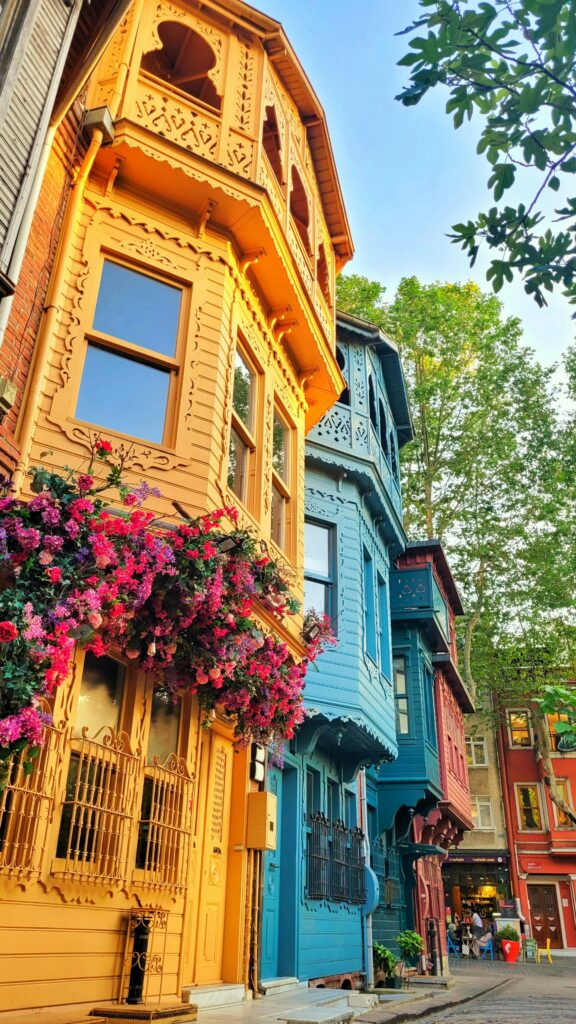
Washington, D.C. is divided into neighborhoods, each with its own personality and charm.
National Mall: The Heart of D.C.
The National Mall stretches over two miles and is lined with iconic monuments and museums. It’s home to the Washington Monument, Lincoln Memorial, and the U.S. Capitol. The Mall is a cultural hub where history and daily life converge.
Georgetown: Historic and Charming
Known for cobblestone streets, historic homes, and waterfront dining, Georgetown offers a blend of old-world charm and modern luxury. Boutiques, coffee shops, and scenic views of the Potomac River make it a must-visit neighborhood.
Dupont Circle: Art and Culture
Dupont Circle is famous for its vibrant arts scene, bookstores, and diverse dining. The neighborhood hosts embassies, art galleries, and cultural events year-round.
Adams Morgan: Eclectic and Diverse
This lively neighborhood is known for its nightlife, international restaurants, and colorful street art. Adams Morgan reflects D.C.’s diversity and creativity.
Iconic Landmarks and Must-See Attractions
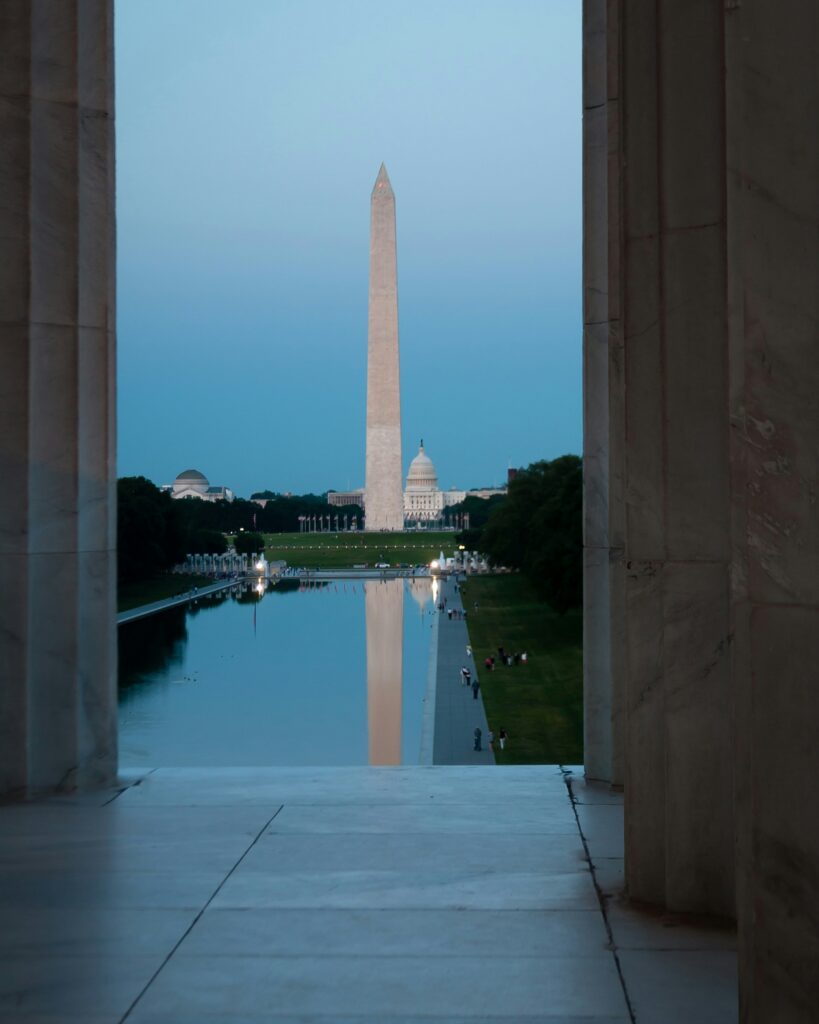
The White House
The official residence of the U.S. president is one of the most recognized buildings in the world. Tours of the White House require advance planning, but the view from outside is equally impressive.
The U.S. Capitol Building
A symbol of democracy, the Capitol houses the legislative branch of the U.S. government. Guided tours offer insights into the political process and the architecture of the building.
Lincoln Memorial
This iconic monument honors Abraham Lincoln and stands as a place for reflection and inspiration. The steps of the memorial have been the site of many historic speeches.
Smithsonian Museums
The Smithsonian Institution offers free museums with vast collections covering art, history, science, and culture. Highlights include:
- National Museum of American History
- National Air and Space Museum
- National Museum of African American History and Culture
Other Notable Sites
- Jefferson Memorial
- Martin Luther King Jr. Memorial
- World War II Memorial
Outdoor Spaces and Nature in D.C.
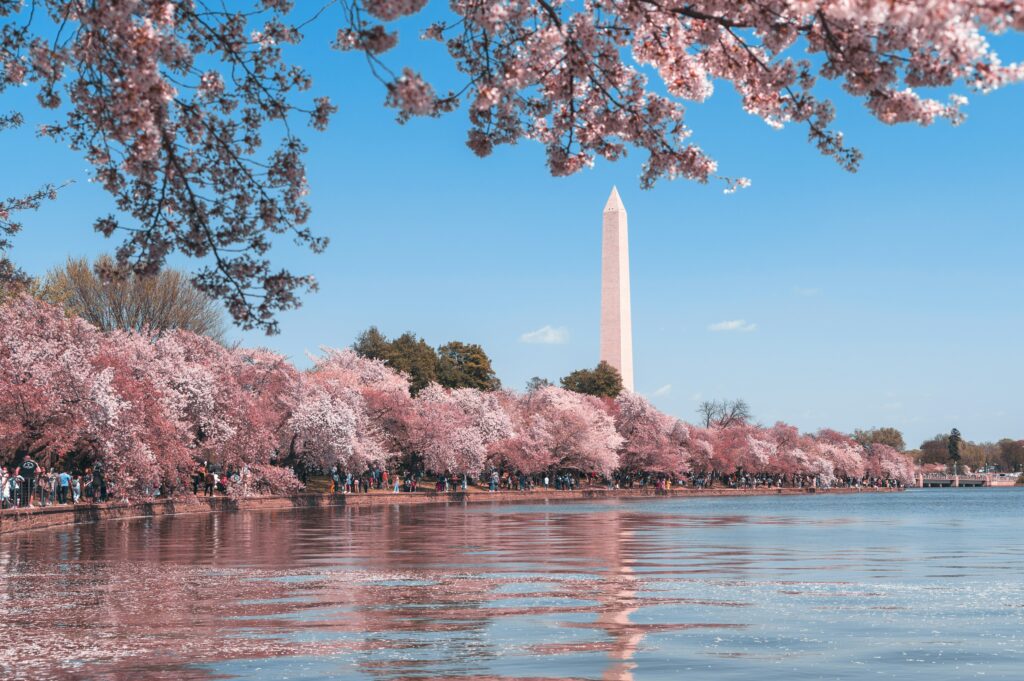
Despite its urban environment, Washington, D.C. has plenty of green spaces to enjoy.
- The Tidal Basin: Famous for cherry blossom trees in spring.
- Rock Creek Park: Offers hiking trails and nature escapes.
- The National Arboretum: A peaceful retreat with themed gardens.
- Constitution Gardens: Perfect for a quiet walk.
Food and Drink Culture
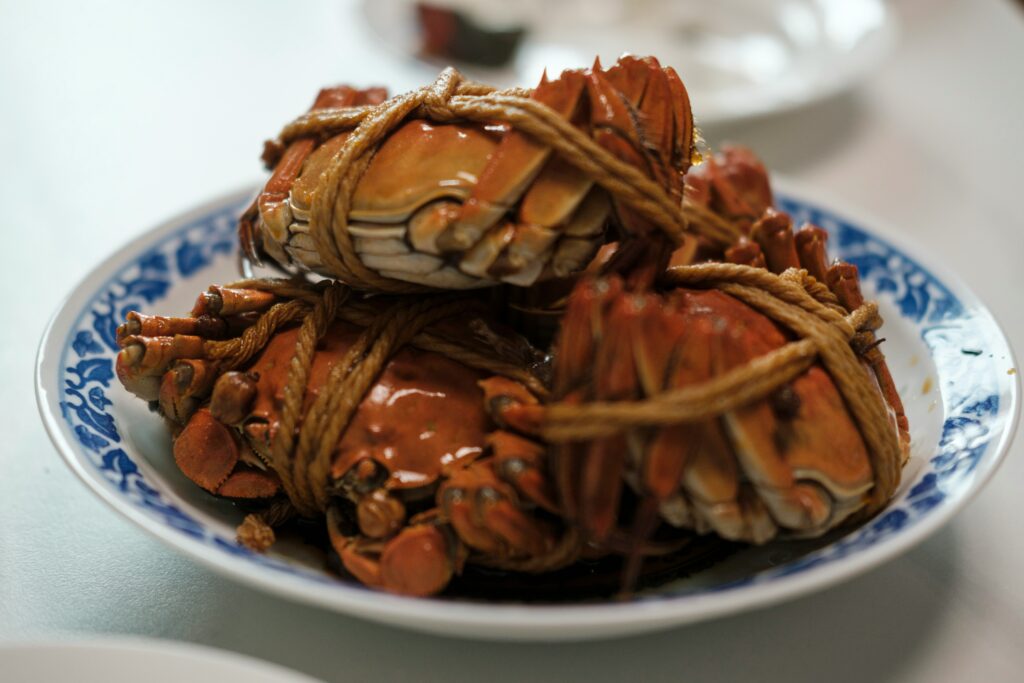
Washington, D.C.’s culinary scene is as diverse as its population.
Local Flavors
- Chesapeake Bay crab cakes: a must-try regional specialty.
- Half-smoke sausage: a D.C. street food classic.
- Ethiopian cuisine: Adams Morgan is a hotspot for authentic Ethiopian restaurants.
Fine Dining
From Michelin-starred restaurants to charming neighborhood bistros, D.C. offers exquisite dining options with globally inspired menus.
Coffee Culture
Independent coffee shops and roasters abound, offering cozy spots to relax between sightseeing.
Shopping in the Capital
D.C. offers a variety of shopping experiences:
- CityCenterDC: Luxury retail and dining.
- Eastern Market: A historic marketplace for fresh produce and artisan goods.
- Georgetown boutiques: Unique fashion and home decor.
Nightlife and Entertainment
Washington, D.C. has a dynamic nightlife, from rooftop bars to jazz clubs:
- Adams Morgan for live music and vibrant bars.
- U Street Corridor for jazz history and nightlife.
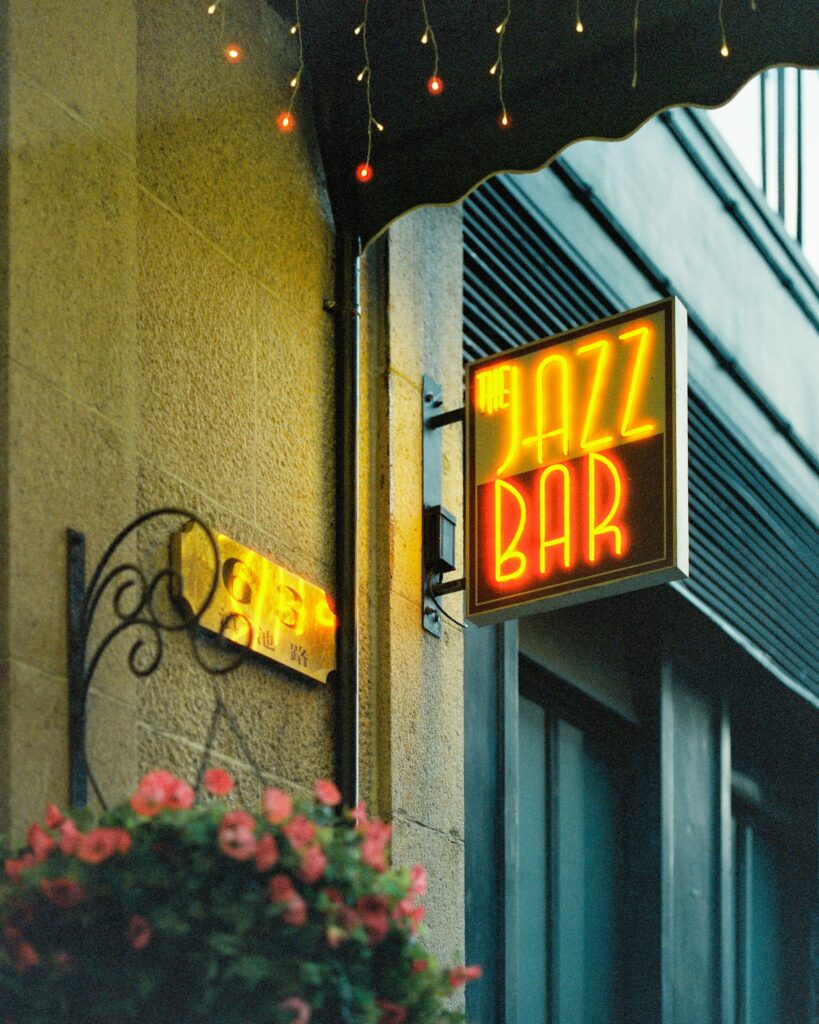
- Rooftop venues with skyline views.
Practical Travel Tips for Washington, D.C.
- Best Time to Visit: Spring (cherry blossoms) and fall (pleasant weather).
- Getting Around: Metro is efficient; walking and biking are great for short distances.
- Budget Travel: Many museums and attractions are free.
- Safety: D.C. is generally safe, but stay aware at night.
- Sustainability: Use reusable bottles, support local markets, and walk when possible.
FAQs About Washington, D.C.
Why visit Washington, D.C.?
For history, culture, politics, and iconic landmarks.
Is D.C. family-friendly?
Absolutely. Many free museums and parks make it ideal for families.
Do I need a car in D.C.?
No, the city is best explored by metro, walking, or biking.
When is the best time to visit?
Spring for cherry blossoms or fall for cooler weather.
Is D.C. expensive?
It can be, but many attractions are free and affordable options abound.
Plan Your Journey to Washington, D.C.
Washington, D.C. is a city where history, politics, culture, and nature come together. From the grandeur of the National Mall to the charm of Georgetown, D.C. offers an enriching travel experience. Plan your trip, explore its neighborhoods, and let the city’s history inspire your journey.

